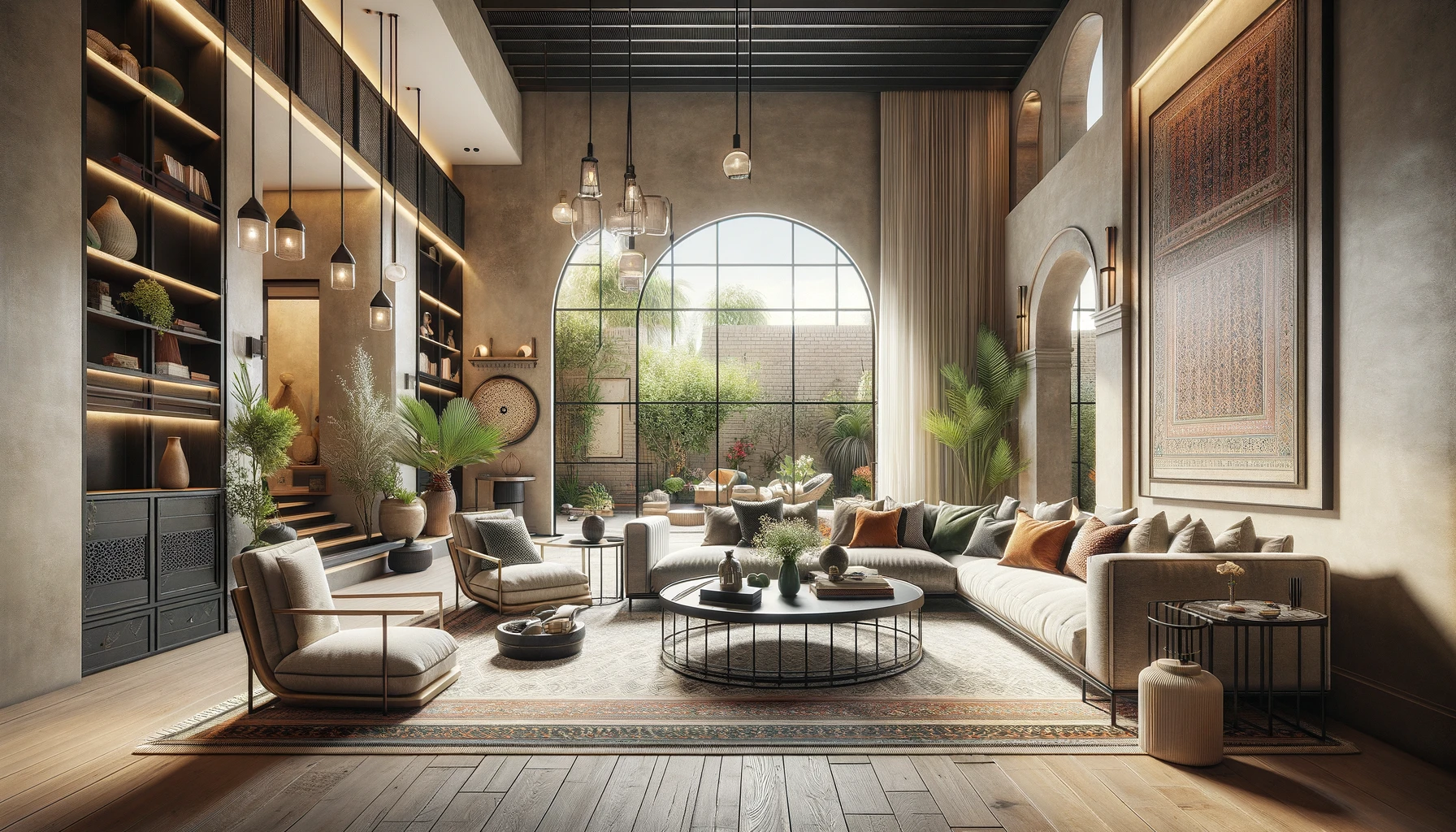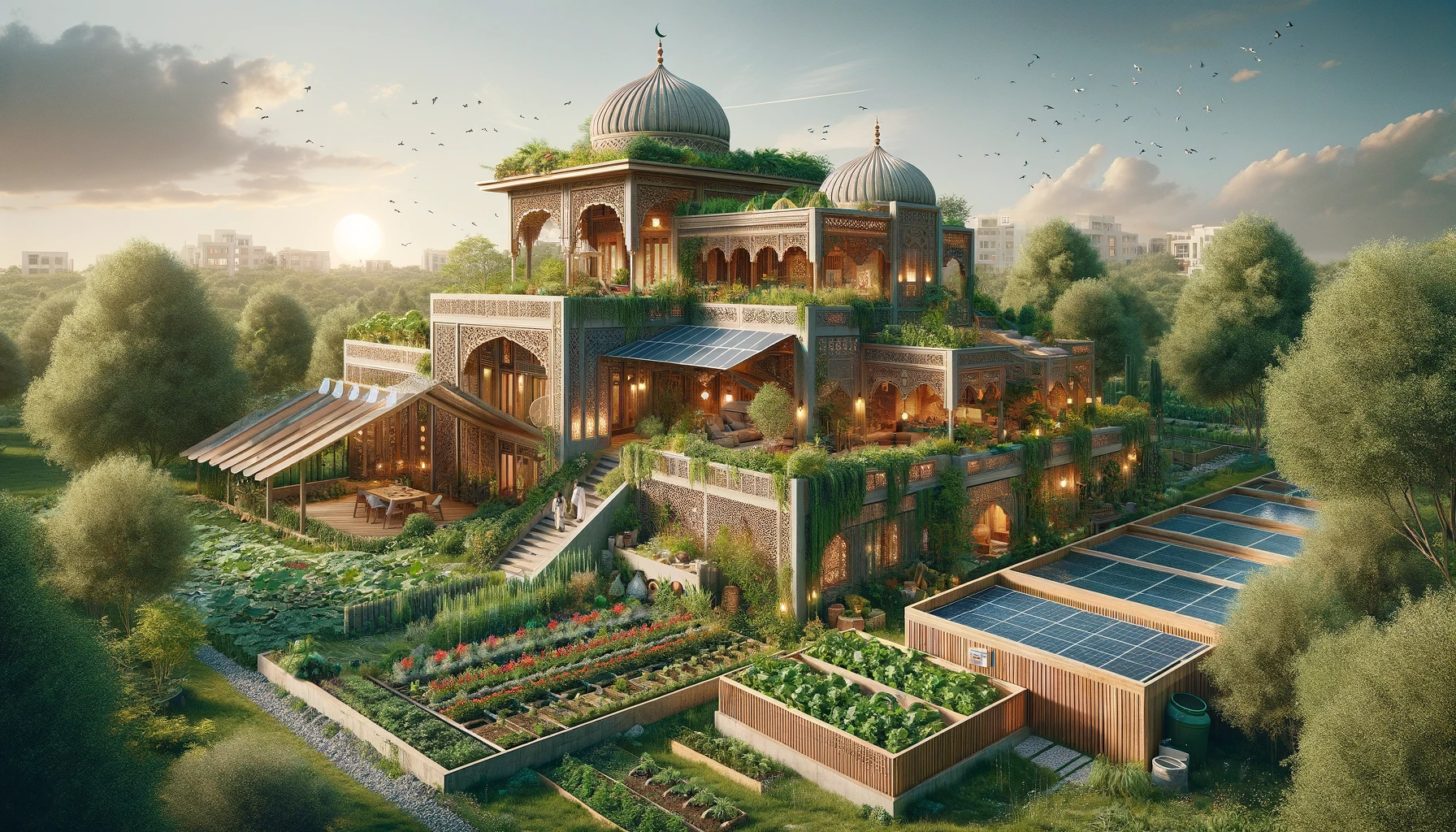Modern Minimalism
In the realm of Pakistani home design, a refreshing trend is on the rise – modern minimalism. In order to create a peaceful and enjoyable living environment, this aesthetic philosophy blends functionality and simplicity with a clean and neat style. As the world becomes increasingly fast-paced, more homeowners in Pakistan are opting for minimalist designs that promote a sense of calm and order within their living spaces.
What resembles the core of the modern minimalism is its emphasis on smooth lines and open spaces. Pakistani homes adorned with minimalist design principles often feature sleek furniture, unadorned walls, and unobtrusive decor, creating an atmosphere of understated elegance. Reducing visual chaos and maximizing the use of space is essential. This is how minimalist homes in Pakistan make people experience tranquility and sophistication.

Moreover, modern minimalism is not just about aesthetics – it is also about functionality. Since Pakistan is a country where personal spaces are often luxurious, minimalist design offers practical solutions for maximizing usability of every square inch of a home. Smart storage options, carefully planned furniture setups, and meticulous layouts enable homeowners to maximize their living areas without compromising one's comfort.
Modern minimalism is not only visually pleasing and practical, but it also fits nicely with sustainability and mindfulness principles. Households can cut trash and lower their environmental effect and creating minimalistic houses for pleasure as well.
As modern minimalism is only on the way to prevail in Pakistan's home design industry, it is clear that this trend is not just the “one more trend” but a reflection of a cultural shift towards simplicity and functionality. Take into consideration the principles of modern minimalism and create a space that is both visually stunning and functionally proven for a balanced and harmonious lifestyle.
Integration of Technologies
Technologies are playing a crucial role, as it transforms the traditional living spaces into modern and efficient environments. One of the latest trends in Pakistani home design is the integration of smart home technology for one's convenience and security.
Smart home technology presuppose a wide range of innovations, namely automated lighting, climate control systems, and even voice-activated assistants. In Pakistan, homeowners are embracing these technologies to enhance their living experiences and streamline daily routines.
One of the most popular points in smart home technologies is automated lighting. With the touch of a button or a voice command, homeowners can adjust the brightness and color of their lights, create customized lighting schedules, and even sync their lighting systems with other smart devices for added convenience.
Security is another major concern for homeowners in Pakistan, and smart home technology offers advanced solutions for protecting their properties. From smart door locks and video doorbells to surveillance cameras and motion sensors, these cutting-edge systems provide peace of mind by allowing homeowners to monitor and control their homes remotely.
Moreover, energy efficiency is a growing priority for many Pakistani homeowners, and smart home technology offers innovative solutions for reducing energy consumption and lowering utility bills. Smart thermostats, for example, can learn the occupants' preferences and adjust the temperature accordingly, while smart appliances can optimize energy usage based on real-time data.
As the demand for smart home technology continues to grow in Pakistan, we can expect to see even more innovative solutions emerge, further blurring the lines between technology and design. From intelligent appliances to interconnected ecosystems, the possibilities are endless, offering homeowners unprecedented levels of comfort, convenience, and control over their living spaces.
Sustainable Design
In the wake of global environmental concerns, sustainable design is a prominent trend in Pakistani home design, reflecting a growing awareness of the need to reduce carbon footprints and preserve natural resources. From eco-friendly materials to energy-efficient solutions, sustainability is shaping the way homes are built and designed in Pakistan.
One of the key principles of sustainable design is the use of eco-friendly materials that minimize environmental impact. In Pakistan, we are witnessing a shift towards sustainable building materials such as bamboo, reclaimed wood, recycled glass, and locally sourced stone. These materials reduce the carbon footprint of construction and add a unique character and charm to homes.
Furthermore, energy efficiency is a major focus of sustainable design in Pakistan. With rising energy costs and environmental concerns, homeowners are increasingly seeking ways to reduce their energy consumption and reliance on fossil fuels. This has led to the adoption of energy-efficient solutions such as solar panels, passive solar design, and high-performance insulation, which botn lower utility bills and contribute to a healthier environment.
Another aspect of sustainable design gaining traction in Pakistan is the incorporation of green spaces and natural elements into home design. From rooftop gardens and vertical green walls to indoor plants and water features, these green elements enhance the aesthetics of a home, improve air quality, reduce noise pollution, and promote a sense of well-being among occupants.

Moreover, sustainable design is not just about the materials and technologies used. It is also about the design process itself. Architects and designers in Pakistan are increasingly adopting principles of biophilic design, which seeks to connect people with nature through the integration of natural light, views of the outdoors, and organic shapes and textures.
As sustainability continues to be at the forefront of global consciousness, we can expect to see the trend of sustainable design continue to grow and evolve in Pakistan. By embracing eco-friendly materials, energy-efficient technologies, and biophilic design principles, homeowners can create spaces that enhance their quality of life and contribute to a more sustainable future for generations to come.
Sources:
